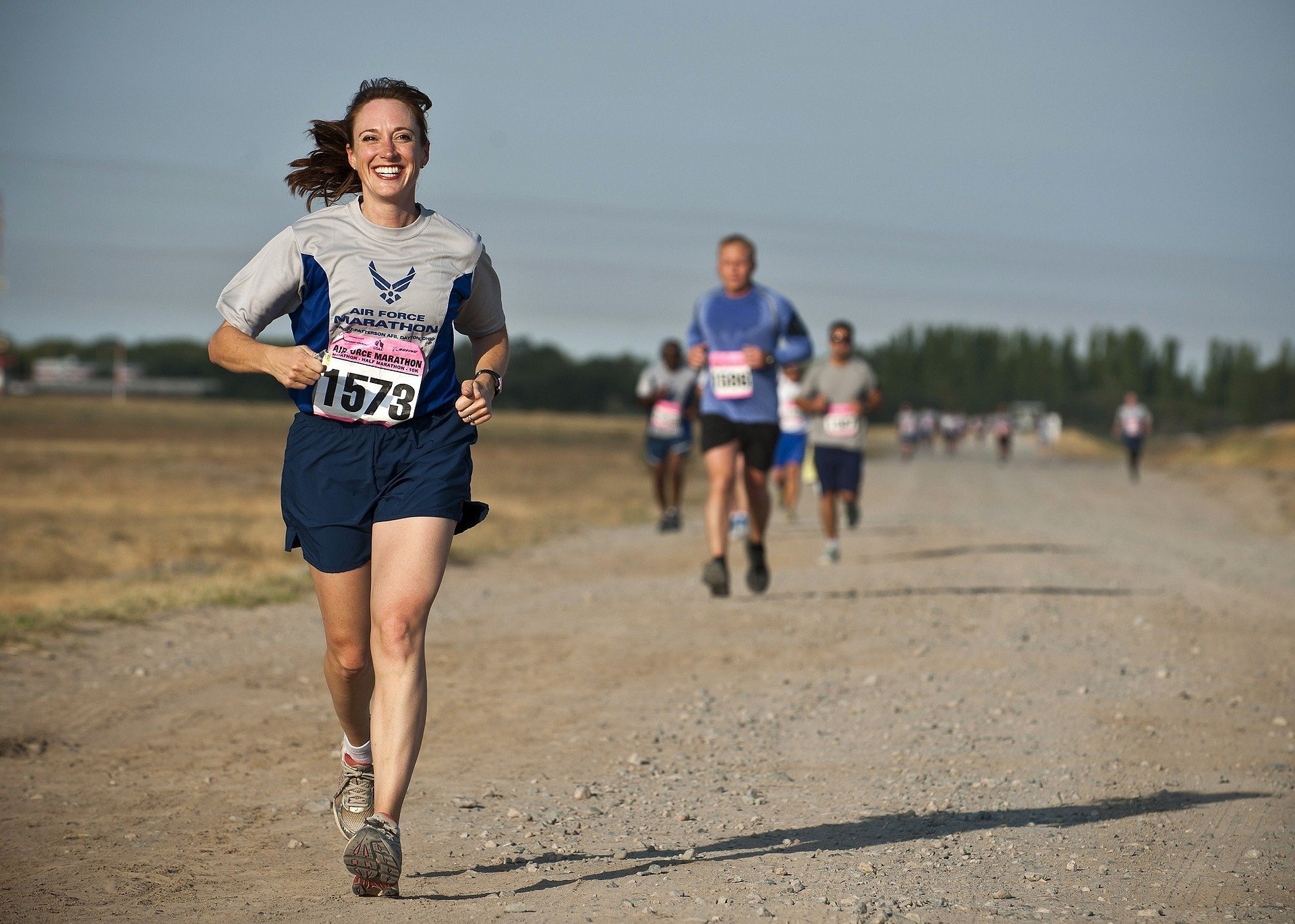
Unfortunately it will not be in time for the World Athletics Championships in Doha that starts on Monday, but recent research carried out by the University of Leuven (KU Leuven) offers new insights for athletes with injuries to their foot muscles. And that is especially good news for runners who have pronation issues.
When you run, your foot tilts slightly so as to cushion the shock of the landing. That’s called pronation. Runners with overpronation tilt their foot inward, which may lead to injuries. At least that’s the prevalent idea. There are shoes available that give more stability to the foot so as to avoid straining the foot. Research conducted by the University of Leuven shows that it is not so much the movement of the foot that leads to injuries, but rather the strength of the foot muscles that is a factor. In that case, a corrective shoe of this type is not necessary.

Overpronation affects one in five people. It is often associated with stress injuries common in knee, tibia and ankle problems. Not all runners with overpronation suffer from injuries. The research group Biomechanics of the Human Movement, led by Professor Benedicte Vanwanseele, studied this difference. Thirty regular runners who run at least fifteen kilometers per week were examined. Only half of the participants were injured in the last six months even though they all presented with overpronation. In the movement analysis laboratory at KU Leuven, the participants had stickers applied to their joints, including their feet. They walked over a pressure plate and an ultrasound was made of the muscles in their feet. “This is how we measured the thickness of the foot muscle.”
“What was noticeable in our research is that the injury-free runners had larger foot muscles. This may explain why they are able to better control the tilting movement of the foot, or in other words, pronation. And consequently, suffer fewer injuries,” says Vanwanseele. “Overpronation is actually caused by a combination of factors. The tilt of your foot, but also the position of your forefoot. Are you standing more inwards or outwards?” The research also shows that for runners experiencing stress symptoms, their forefoot is more outward facing. “However, a lot of research into stress focuses on the rear of the foot. Yet this was the case in our two research populations. The difference between people with and those without stress injuries is attributable to the movement of the forefoot.”
Remedial shoes with an anti-pronation block under the back of the foot are not necessary, says Vanwanseele in conclusion. ” These kinds of shoes do something. But the problem is that this does not need to be corrected. In a previous study, we showed that people who wear those types of shoes actually develop smaller muscles. Because you tend to fix those muscles and not put too much strain on them. So they have very little to do. People who walk on minimalist shoes develop those larger muscles. They actively train those foot muscles.”
Kari Rein, owner of the Rønnør runner’s store, has noticed that many issues runners experience can be traced back to how stable and strong their feet are. “What I often do when people come in with issues, I ask them to take off their shoes and socks and stand on one leg. Some people then have trouble keeping their balance. It all starts with the fact that people are unstable.” In order to be able to give good advice, Rein always asks about the background of a runner: how much do you train, what is your goal, how long have you been running, do you have any complaints while you are running, do you have a trainer or do you train alone, or do you use support insoles? “You do need a full picture of that runner.”
Rein also says that in the past a lot was done in order to provide that stability in the shoe. ” In actual fact, remove the entire pronating dynamic and fix everything in place. You straighten everything out. That was normal back then. But attitudes have since changed. Fewer remedial shoes are sold nowadays and shoes are less heavy. But it’s not easy to say whether something is right or wrong. That varies from person to person.”
“Today, for example, there was a runner in the shop who runs long distances with support insoles. She is going to do her interval training on a very flexible shoe, without those support insoles. Shorter interval training means a higher stress level, but it does take less time. She can handle that and that will make her stronger.”
With the aid of further research, the Vanwanseele research team wants to find out how runners who have overpronation might be able to reduce the risk of stress injuries. “We are going to see how we can strengthen the foot muscles and improve control of the tilting movement. An interesting route we would like to explore, is the use of forefoot soles to train the muscles and hopefully prevent injuries caused by overpronation.”

